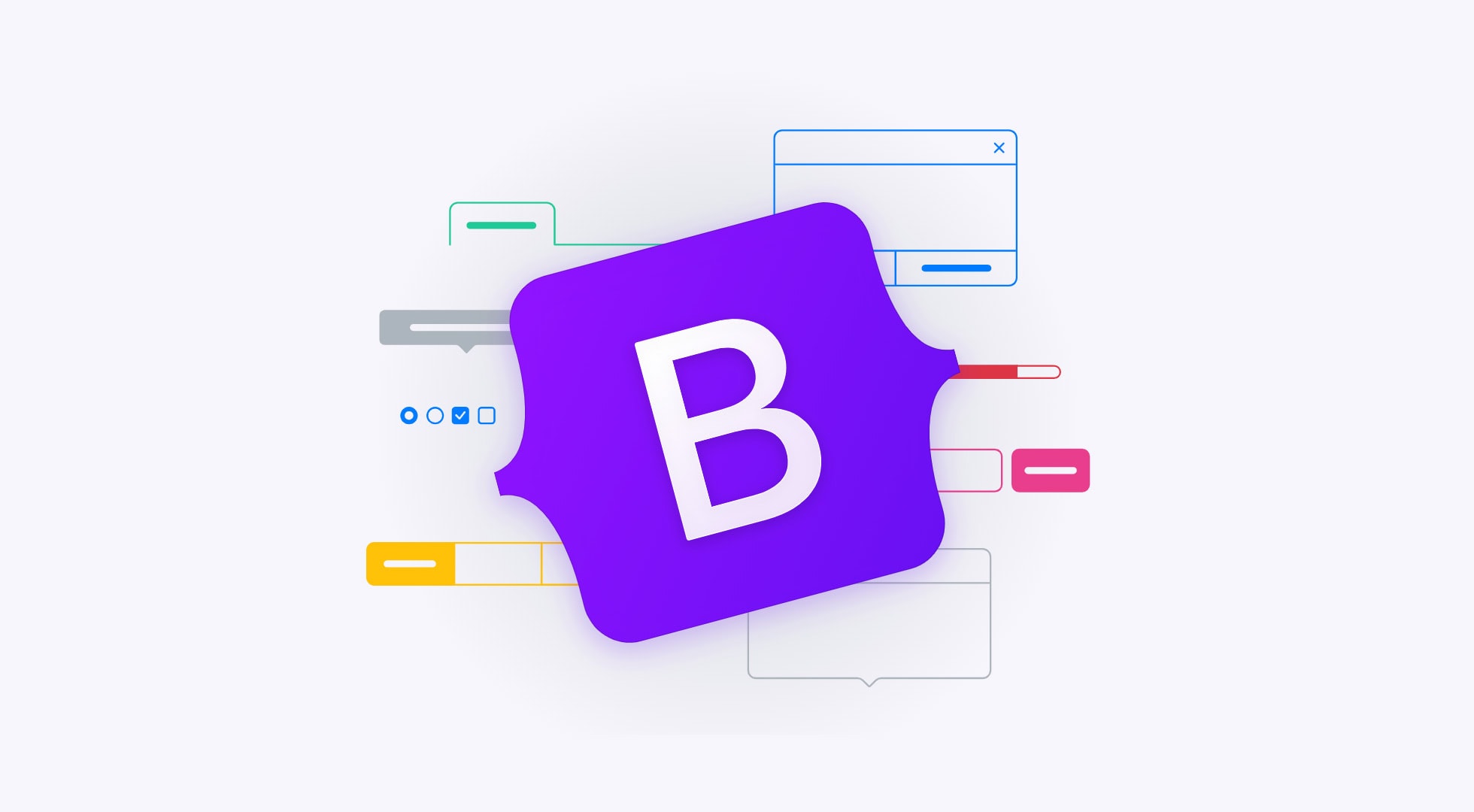The Power of Bootstrap 5: Adaptability and Efficiency
27 Feb 2024Introduction
As a student taking ICS 314 (Software Engineering) at UH Manoa, I have learned that web development is not just about writing code that does the job but also about writing efficient and scalable code that doesn’t just work in one specific scenario on a particular device. While Bootstrap 5 might require a bit more effort initially, its flexibility makes it worthwhile for any developer.

Why Bootstrap 5?
Bootstrap 5 is one of the most widely used front-end frameworks today, and for good reason. It allows you to use a versatile grid system that simplifies design, allowing developers to create layouts that adjust based on screen size, unlike traditional CSS frameworks, where media queries must specifically be made to work for different screen sizes, resolutions, and more. We have all experienced where a website is super wonky on your phone or your ultra-wide monitor. Still, Bootstrap 5’s grid system fixes this by automatically adjusting components, ensuring a website is functional and visually appealing across mobile phones and large desktop monitors.
The Adaptability of Bootstrap’s Grid System
One of the most important features of Bootstrap 5 is its grid system. This system gives coders a 12-column structure that allows things to be easily arranged and aligned with elements. The key advantages include:
-
Automatic Responsiveness: Bootstrap’s container and row system resizes elements dynamically based on the screen’s width. This means manually adjusting styles for each potential screen size is unnecessary.
-
Consistent Layout Across Devices: The grid system ensures that layouts remain uniform across various screen sizes, reducing inconsistencies and the need for extensive debugging.
-
Nested Grids for Advanced Layouts: Developers can put grid rows inside columns, creating complex, multi-layered designs without using additional CSS.

More Than Just a Grid: Additional Benefits of Bootstrap 5
While the grid system is a significant benefit, Bootstrap 5 also offers many other benefits that help with web development:
-
Prebuilt Components: Buttons, navigation bars, symbols, and alerts come with default styles that can be easily customized, reducing the time it takes to develop.
-
Utility Classes: Bootstrap 5 comes with a large set of utility classes, such as margin (m-3), padding (p-4), and text alignment (text-center), which allows coders to style elements quickly without writing custom CSS.
-
Improved Forms and Validation: Bootstrap 5 enhances elements with built-in validation and styling, making sure there is a consistent user experience across different devices.

The Learning Curve: A Minor Trade-off for Major Benefits
Like any framework, Bootstrap 5 requires time and effort to learn. Initially, structuring layouts using the grid system may take some getting used to, especially for developers used to manually defining their styles (for AP CS students, it’s like going from Java or C++ to Python; it takes time to get used to something easier). However, Bootstrap significantly speeds up development and improves overall design consistency once learned.
Another potential challenge is that Bootstrap’s predefined styles may sometimes feel restrictive. However, since Bootstrap 5 is fully customizable, developers can easily override the default styles using custom CSS, giving them complete control over the website’s final look.
Conclusion
Despite the slight additional effort required to use Bootstrap 5 effectively, its adaptability and many features make it an essential tool in web development. The framework simplifies design, enhances code efficiency, and provides prebuilt components that streamline development. As a software engineering student, Bootstrap 5 has become a powerful friend in creating scalable and visually appealing web applications. Mastering this framework saves time and gives developers the skills to build high-quality, responsive websites within our industry.
ChatGPT used to improve the grammar and potentially redundant segments